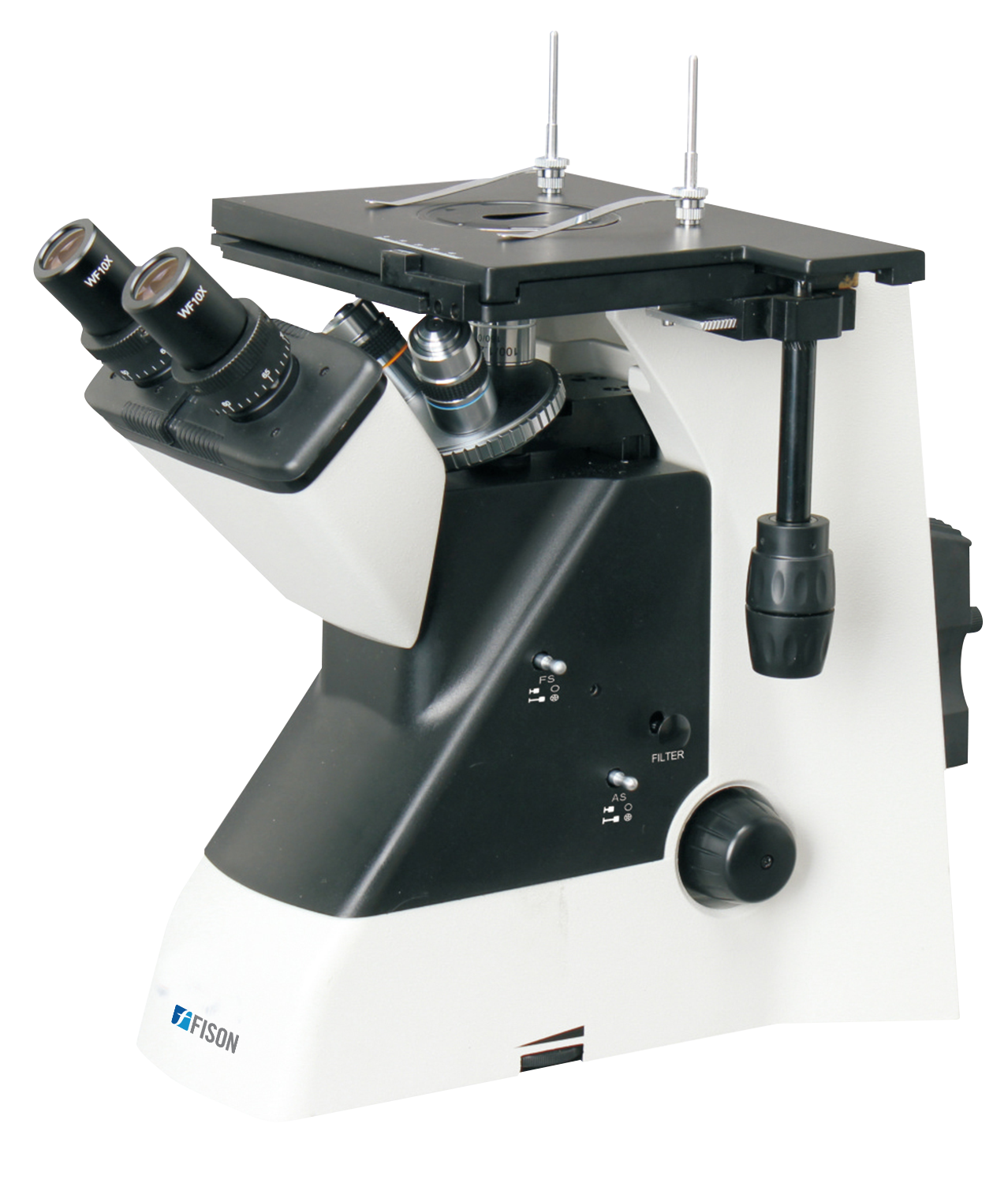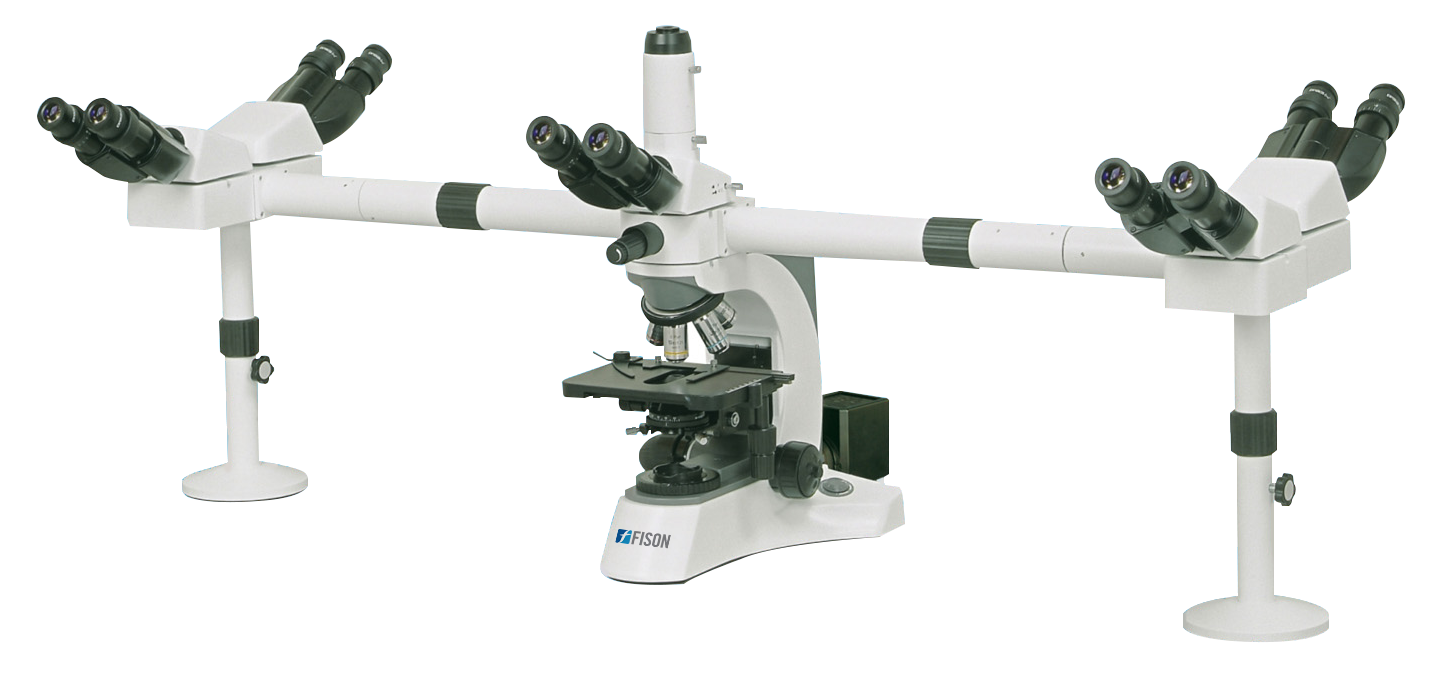
Inverted Biological Microscope FM-BM-B200
Inverted biological microscope FM-BM-B200 offers compact and sleek design, stable and reliable (T) type base unit with infinite optical system. Equipped with high resolution and long working distance (infinite) phase contrast objectives, to deliver high quality images. User can configure the cell more clearly and obtain high quality images of the specimen. This user-friendly inverted microscope is used in many branches of biology.
Specifications
| Optical System | Infinite optical system |
| Viewing Head | Seidentopf binocular viewing head, inclined at 45°, 360° rotation, interpupillary distance adjustable 48 to 75 mm |
| Eyepiece | Wide field eyepiece WF10X/22 mm, Eyepiece tube diameter: 30 mm |
| Objectives | Infinite plan achromatic objective 4×/0.10 WD=22 LWD Infinite plan achromatic phase objective 10×/0.25 WD=6 LWD Infinite plan achromatic phase objective 20×/0.4 WD=3.1 LWD Infinite plan achromatic phase objective 40×/0.55 WD=2.2 |
| Nosepiece | Backward Quintuple nosepiece |
| Condenser | Extreme long work distance condenser (ELWD) N.A. 0.3, LWD 72 mm (without condenser 150 mm) |
| Centering Telescope | Centering Telescope 30 mm |
| Phase Kit | 10X, 20X, 40X phase annulus plate (adjustable) |
| Stage | Plain stage 230 × 170 mm Attachable Mechanical Stage, X,Y Coaxial Control, Moving Range 80×120 mm Auxiliary Stage, Terasaki Holder, Glass Insert Petri Dish Holder 38 mm Petri Dish Holder 54 mm |
| Focusing System | Coaxial coarse fine adjustment, fine division 0.002 mm, moving range up 4.5 mm & down 4.5 mm |
| Illumination | 6 V/30 W, halogen lamp, brightness adjustable |
| Filter | Blue, green, ground glass with diameter 45 mm |
| Dimension | 650×430×610 mm |
| Gross Weight | 14 kg |
Features
- Long working distance condenser
- LWD Infinite plan achromatic phase objective
- Seidentopf binocular 45° inclined viewing head
- Terasaki & petri dish holder attachment
- Inverted working stage
- Backward quintuple nosepiece
- Center telescope attachment
Applications
- Used for the range of applications in biotechnology, tissue culture, microbiology, medicine and other industry.
Accessories Optional
Accessories No. Name 1 Wide field eyepiece WF15X/ 16 mm 2 Wide field eyepiece WF20X/ 12 mm 3 Lamp house adjustment objective 4 Photo attachment 5 C mount 0.4X 6 Epi-fluorescent attachment
















